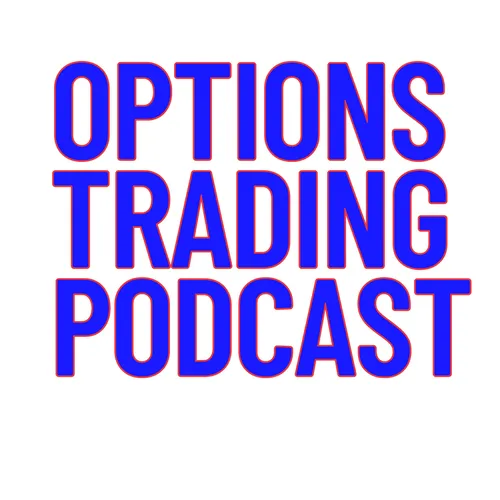The Hidden Force: What is Implied Volatility in Options Trading?
- Author
- Sponsored by: OptionGenius.com
- Published
- Sat 30 Aug 2025
- Episode Link
- None
What is implied volatility in options trading?
If you trade options, you've heard the term "implied volatility" or "IV." But what does it really mean, and more importantly, how does it affect your trades? This isn't just jargon; it's the invisible hand that shapes every option price and can make or break your profitability.
In this episode, we demystify implied volatility. We'll explain what it is (the market's forecast for future movement), how it's different from historical volatility (past vs. future), and why it's the single most important factor for options pricing. We'll also break down how IV impacts both option buyers and sellers, highlighting the dangers of "volatility crush," especially around earnings. You'll learn how to use practical tools like IV Rank and IV Percentile to determine if an option is cheap or expensive, giving you a serious edge.
By the end of this deep dive, you'll understand why trading without paying attention to IV is like trading blind—and you'll have the knowledge to start using it to your advantage.
If you found this episode valuable, please subscribe and leave a review.
Key Takeaways
- Implied Volatility (IV) is a forecast, not a fact. It's the market's collective expectation of how much a stock will move in the future, based on supply and demand.
- IV directly impacts option price. High IV means options are more expensive; low IV means they're cheaper. High IV generally favors sellers, while low IV is better for buyers.
- IV is non-directional. It only predicts the magnitude of a potential move, not whether the stock will go up or down.
- Context is key. Don't just look at the raw IV number. Use tools like IV Rank and IV Percentile to determine if the current IV is high or low relative to that stock's historical range.
- Beware of volatility crush. IV tends to spike before a major event (like earnings) and then collapses afterward, which can destroy the value of options you've bought, even if the stock moved in your favor.
"If you're trading options and you don't really get implied volatility, you're essentially trading blind."
Timestamped Summary
- 0:45 The most basic definition of implied volatility (IV).
- 2:20 The difference between implied volatility and historical volatility.
- 4:05 What the IV percentage number actually means.
- 6:30 The crucial warning for option buyers: "volatility crush."
- 7:41 Why high IV is a major advantage for option sellers.
- 9:15 The practical tools: IV Rank and IV Percentile.
What's your biggest question about options? Leave us a review on Apple Podcasts with your question, and we might answer it on a future episode!
